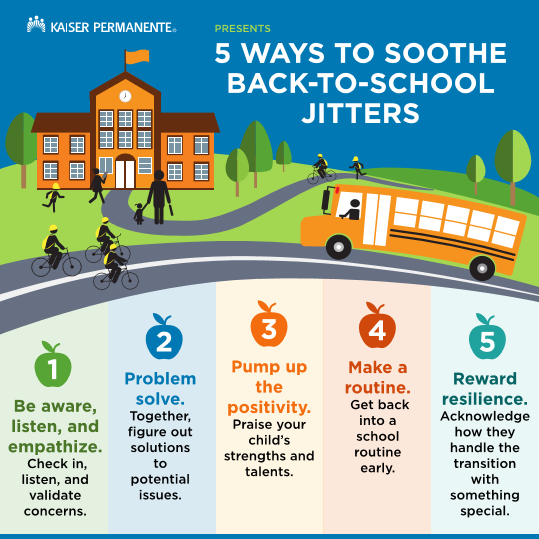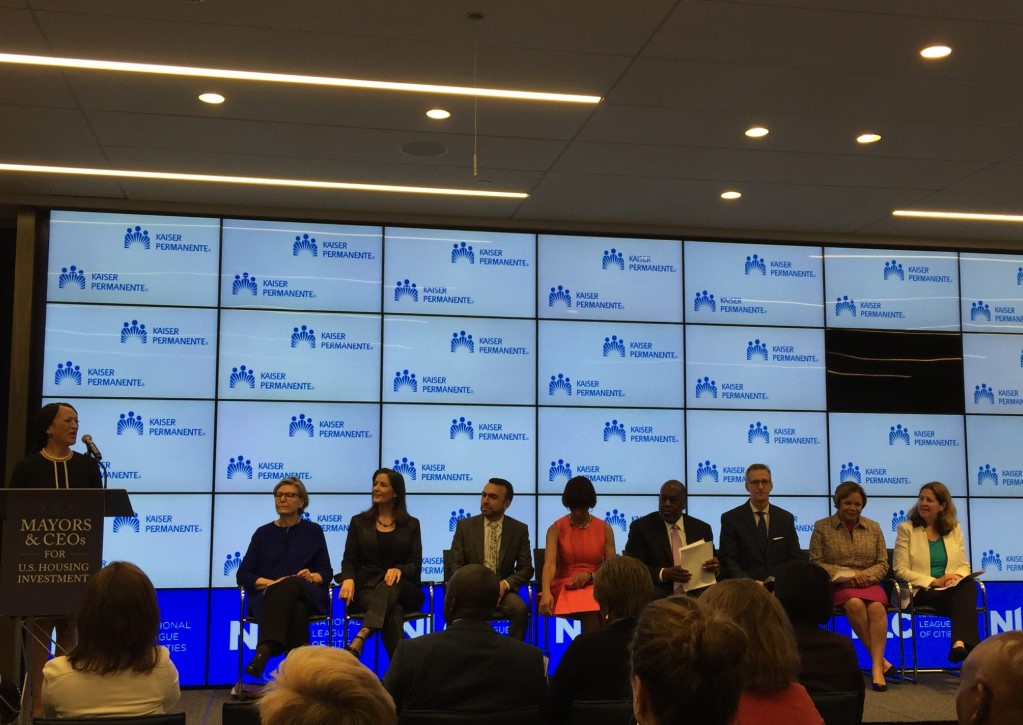This week, Kaiser Permanente announced results from a study that found programs promoting healthy eating can substantially reduce the amount of unhealthy foods and beverages on school grounds if the programs focus on a school’s specific needs and involve teachers, parents, staff, and administrators. This research is reinforced by a recent report on obesity prevention issued by The Institute of Medicine that describes schools as “the heart of health” and identifies school-based interventions as among the most promising to prevent childhood obesity. To find out more about this study and why schools are an ideal place for establishing life-long healthy eating habits, we sat down with study lead author Karen J. Coleman, PhD, from Kaiser Permanente Southern California’s Department of Research and Evaluation. Watch this video for highlights, and for more on the study from Dr. Coleman, read our Q&A with her below.
CTH Blog:
Tell us a little bit about your background. How long have you been doing this sort of research and what has been your focus so far?
Karen Coleman, PhD:
I have been a research scientist with Kaiser Permanente for about five years now. I’m specifically trained as a behavioral interventionist and am primarily interested in the behavioral, social, and environmental determinants of child, adolescent and adult obesity. In addition to the Healthy ONES research, I have conducted other school health studies to reduce child obesity in low-income, primarily minority school districts in San Diego County and El Paso, Texas.
CTH Blog:
What was most surprising to you in this research and its findings?
Coleman:
I was surprised by how strongly adults associate unhealthy foods like cakes and sodas with a child’s happiness. Teachers and parents really believed that if we took these things away children would no longer have fun or enjoy celebrations. What we discovered was that children enjoy celebrations without any food by playing games, winning prizes, and having love and attention from the adults they admire. It was the adults that were the most upset when we changed how schools celebrated and fundraised.
CTH Blog:
Why are the findings of this study significant to the overall health of U.S. kids and adults?
Coleman:
I think that many people have given up on the hope that schools will change foods and beverages on campus and in school meals. But what we found is that by working with the schools and addressing their priorities as well as those of the research study, we could change the way schools raised money, the way they celebrated, and the way they promoted fun and recreation on their campuses. Schools do not need to have bake sales to raise money or cupcakes to celebrate birthdays. They can have healthy and safe environments without compromising sources of revenue or taking the fun out of learning.
CTH Blog:
Building on these findings, what do you think will be important in terms of next steps—future studies or research, and broader recommendations for schools?
Coleman:
The approach we used to help schools implement their federally-mandated wellness policies should be disseminated to larger school districts and implemented for much longer periods of time, so that the benefits can accumulate and have the best chances of impacting child obesity. Also, we cannot forget physical activity and physical education. We must find ways to integrate recess, play, and physical education back into the regular curriculum. Our work with the Coordinated Approach to Child Health (CATCH) in El Paso is a good example of how having physical education every day for 45 minutes can directly impact child obesity.
CTH Blog:
We’ve talked a lot about HBO’s Weight of the Nation documentary series on our blog. If you saw it, what was your reaction? And how do you think your work on Healthy ONES and public health approaches factor in to reversing the U.S. obesity epidemic?
Coleman:
Weight of the Nation did a good job encapsulating the problems leading to obesity, however, I do not think it provided people with models for change. There are efforts all over the country like Healthy ONES and CATCH where schools, day care centers, youth centers, and other systems caring for children and teenagers are making changes that impact health. We need to highlight these efforts and let the people in these systems know that we recognize their work and that they matter.
CTH Blog:
Do you have any other thoughts about this latest study?
Coleman:
There has been a focus on the fact that Healthy ONES did not affect child obesity rates. Our goal was never to change obesity rates, but the environments and policies that may be one part of the larger system contributing to obesity. And change takes time. We only had about one year of complete change before the study ended.
Changing the nutrition environment in isolation is not likely to change obesity trends, however, it is an essential part of a wellness approach, in addition to regular physical activity, that makes public school settings a healthy and safe place for our children.



